Now that you’ve spent all of Derby weekend and a few after work evenings here and there getting your garden in shape, you can step back and see where the holes are, where you might need a pop of color or texture or where your garden just needs a little energy boost. And there’s no better way to accomplish all these things than by adding some planted containers.
Containers can add so much color, texture and just plain old wow to the summer garden. But done wrong they can make you a cranky gardener. And nobody wants to be a cranky gardener. So here are a few basic tips to help you get the most out of your planted containers.
1- Go Big!
Small containers are quite simply a pain in the neck. Those 8” or 10” plastic hanging baskets that look so tempting in the garden center in May . . . they rarely look that good after a few weeks in the garden. Most annuals grow so aggressively that the pots quickly turn into a solid mass of roots that, when fully and judiciously irrigated, remain well hydrated for as long as it takes you to wind up the hose on the hose reel.
At Yew Dell, most of our planted containers are at least 20” in diameter and some are as big as 36” across. In our kitchen garden we’ve even gone to big, galvanized steel water and feed troughs (of course with many drain holes added!) from the farm supply store to get the rooting volume some of our container plantings need.
2- Invest in your potting mix
Soilless mixes are essential for success with container plantings. So called top soil, no matter how good it is, belongs in the ground, not in containers. It is too fine grained to allow for adequate drainage in a raised container.
You can make your own soilless mix out of compost and other materials but there are many good quality bagged mixes that offer the perfect balance of water holding capacity, drainage and nutrient delivery. Those that contain slow release fertilizer are often well worth the little extra cost. And do yourself a favor and at the end of the season, knock all that mix out into your compost pile. A new bag of mix each spring can do wonders for reducing disease and pest problems.
3- Forget the mixed planting
Unless you’ve been doing it for years, planting mixed containers can be a tricky and disappointing process. Matching the flower/foliage colors is just the start. Then there’s matching the sun/shade and moisture tolerance characteristics of all the plants going into one container. And finally there’s the growth rate. A combination that looks great in the garden center shopping cart can fall apart before July 4th if one plant doesn’t play well with the others.
At Yew Dell and in my home garden, a solution we’ve used is to simply plant one plant variety per container. Then you simply pull together the individual containers that you want to grow side by side. If one plant gets a little too rambunctious you simply give it a haircut and let it fill back in over time.
An added advantage of mixing together multiple containers is that if one fails to thrive you can simply replant it or relegate it to the graveyard behind the garage. Yes . . . I have one of those . . . and most likely you do too!
4- Think succulents
One of the hardest parts of growing great container plantings is keeping them well watered. Even with large containers that can last through a whole work day before drying out, it’s hard to go out of town for more than 12 hours unless you have a sufficiently trustworthy friend or neighbor who’s also not particularly forgetful!
Planting with succulents, either the cold hardy or tropical types, can make container irrigation a snap. We’ve planted some succulent containers in past summers that have barely needed much of a watering through most of a summer. Many of them have such low water requirements that the occasional rain shower here and there can be all they need. This is the most likely scenario that will result in live container plantings to greet you after being away for a week of summer vacation at the lake.
5- Drip irrigation systems
Do it yourself home watering materials have come a long way over recent years. The tubing, connectors and timers are now so well thought out that you can buy a basic kit to connect a bunch of containers, twist the supply line onto a hose bib, set a timer and off it all goes. Some of the newer home security systems now even offer integrated irrigation timers that you can control with your phone-based app. What would have cost thousands of dollars just a few years ago can now be done for the cost of a nice dinner on the town.
Happy gardening!
This article was originally submitted to the Courier Journal on May 24, 2022.

